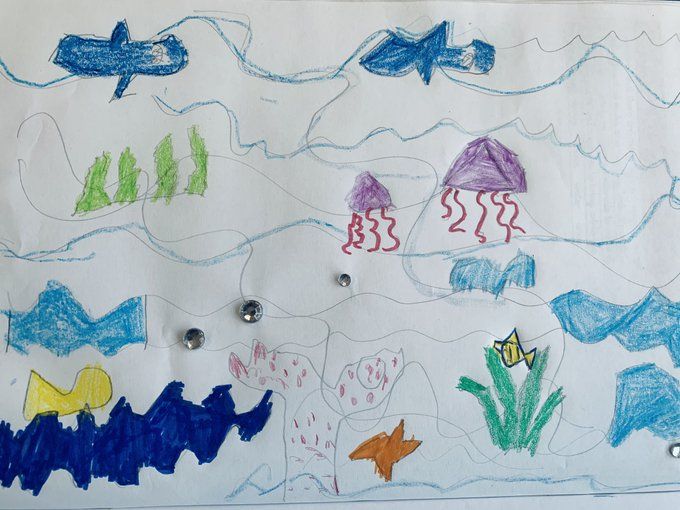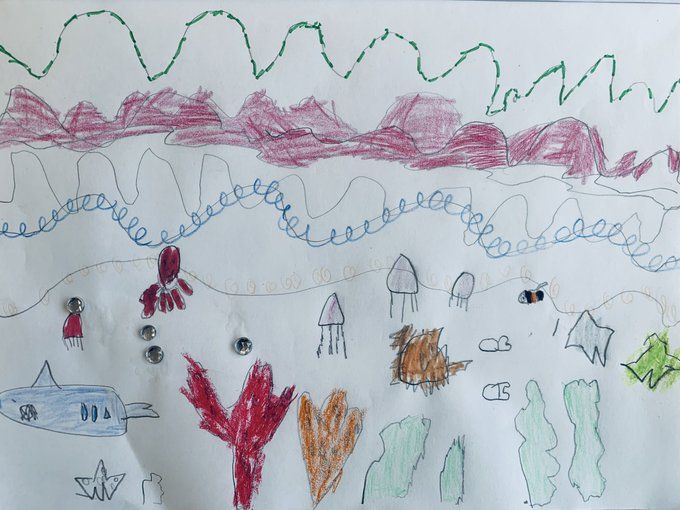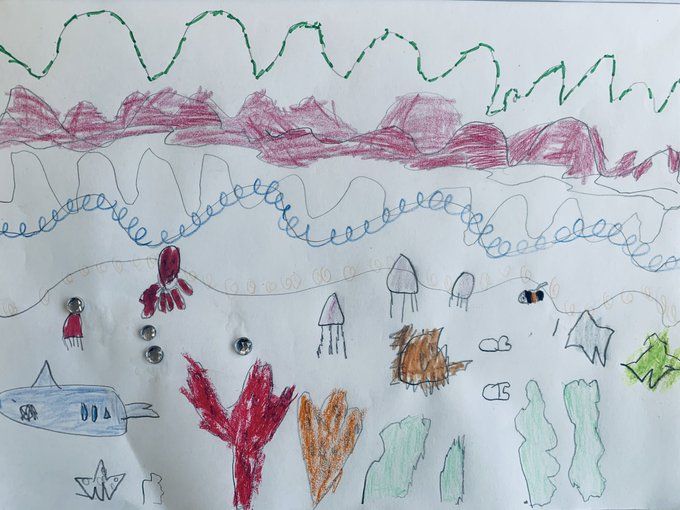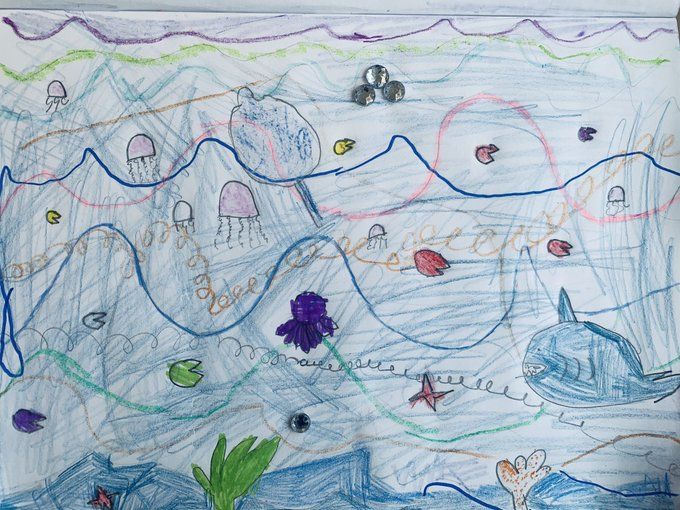Learning objective
- To explore line and mark-making to draw water
National curriculum
Pupils should be taught:
- To develop a wide range of art and design techniques in using colour, pattern, texture, line, shape, form and space, to use drawing to develop and share their ideas, experiences and imagination
- Evaluate and analyse creative works using the language of art, craft and design
Success criteria
Cross-curricular links
Before the lesson
Attention grabber
Main event
Differentiation
Pupils needing extra support: may need to be encouraged to use a range of materials and draw using big, wider arm movements.
Pupils working at greater depth: will control the materials more effectively and create more accurate work. Encourage them to develop greater detail in their drawing.
Wrapping up
Assessing pupils' progress and understanding
Vocabulary
In this unit
- Assessment - Art & design Y1: Formal elements of art
- Lesson 1: Shape: Abstract compositions - Option 1
- Lesson 1: Shape: Abstract compositions - Option 2: Christmas themed_A
- Lesson 2: Line 1: Exploring line (Original scheme)
- Lesson 3: Line 2: Exploring line (Original scheme)
- Lesson 4: Colour 1: Making colours (Original scheme)
- Lesson 5: Colour 2: Painting with colour (Original scheme)




